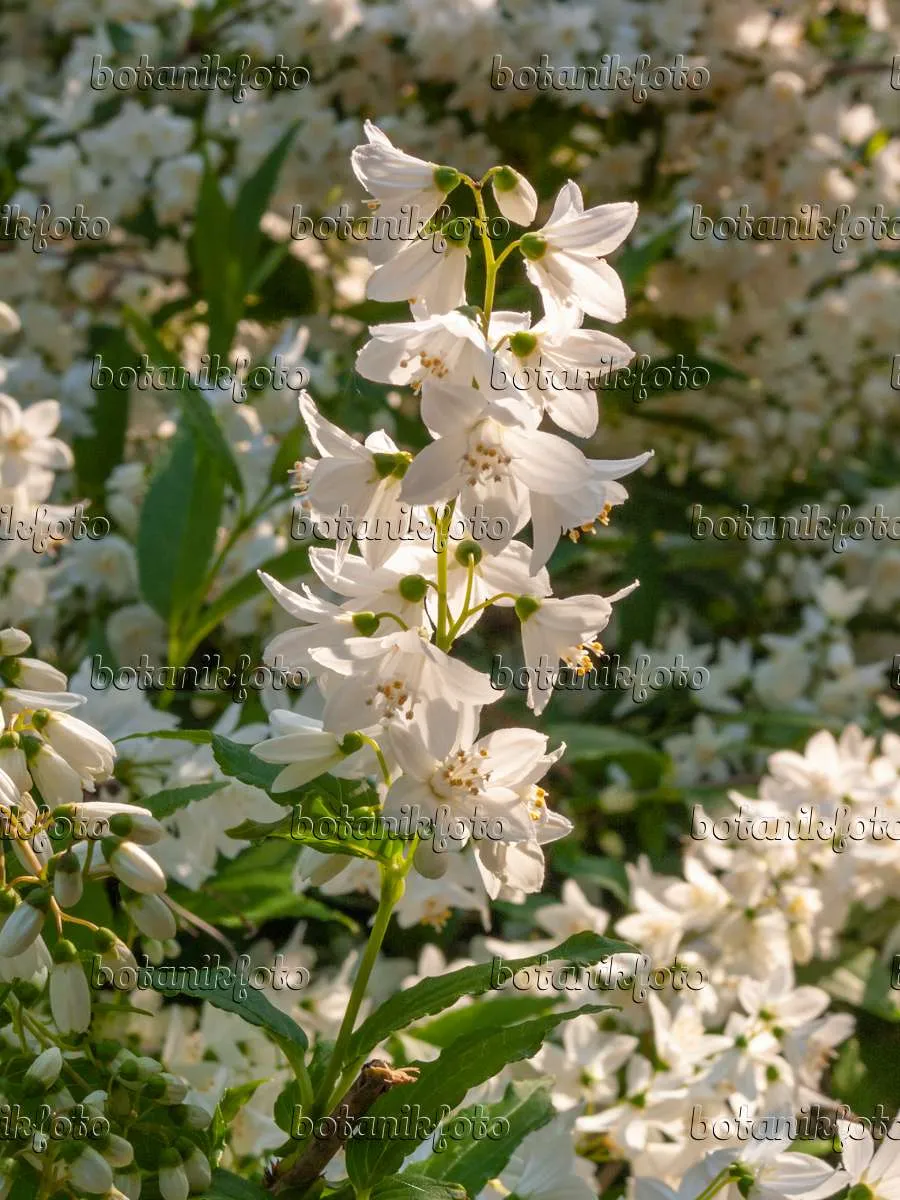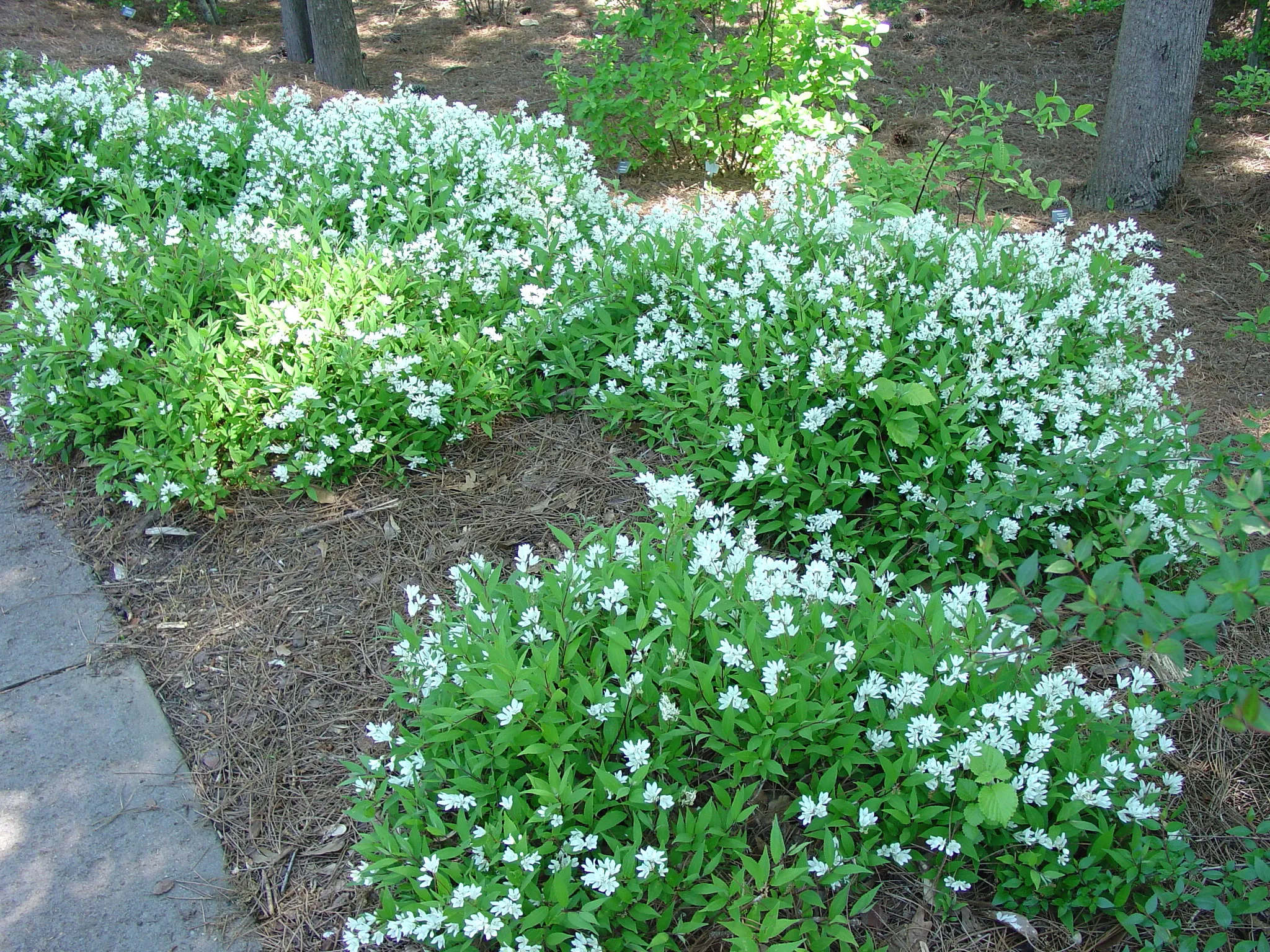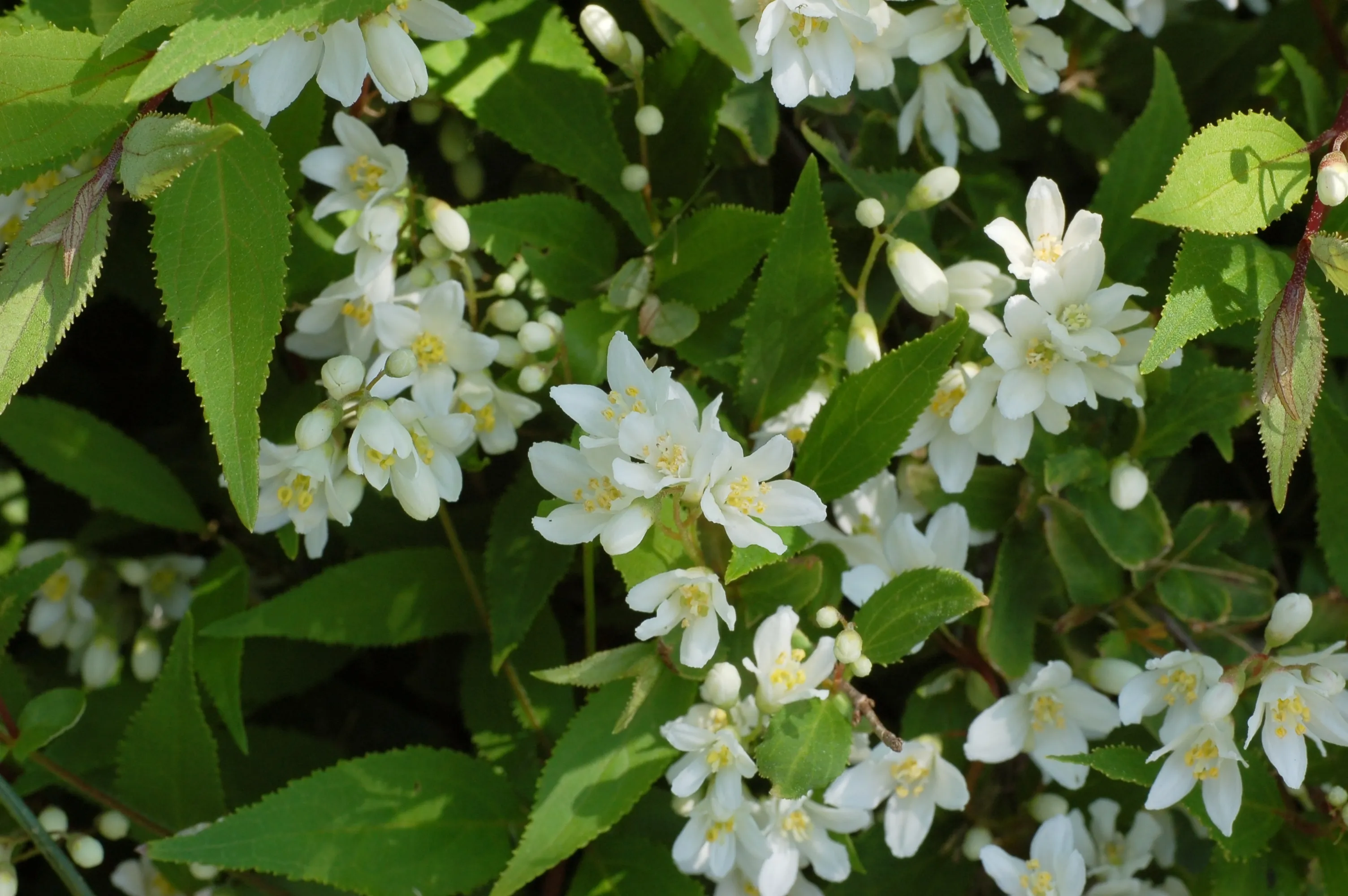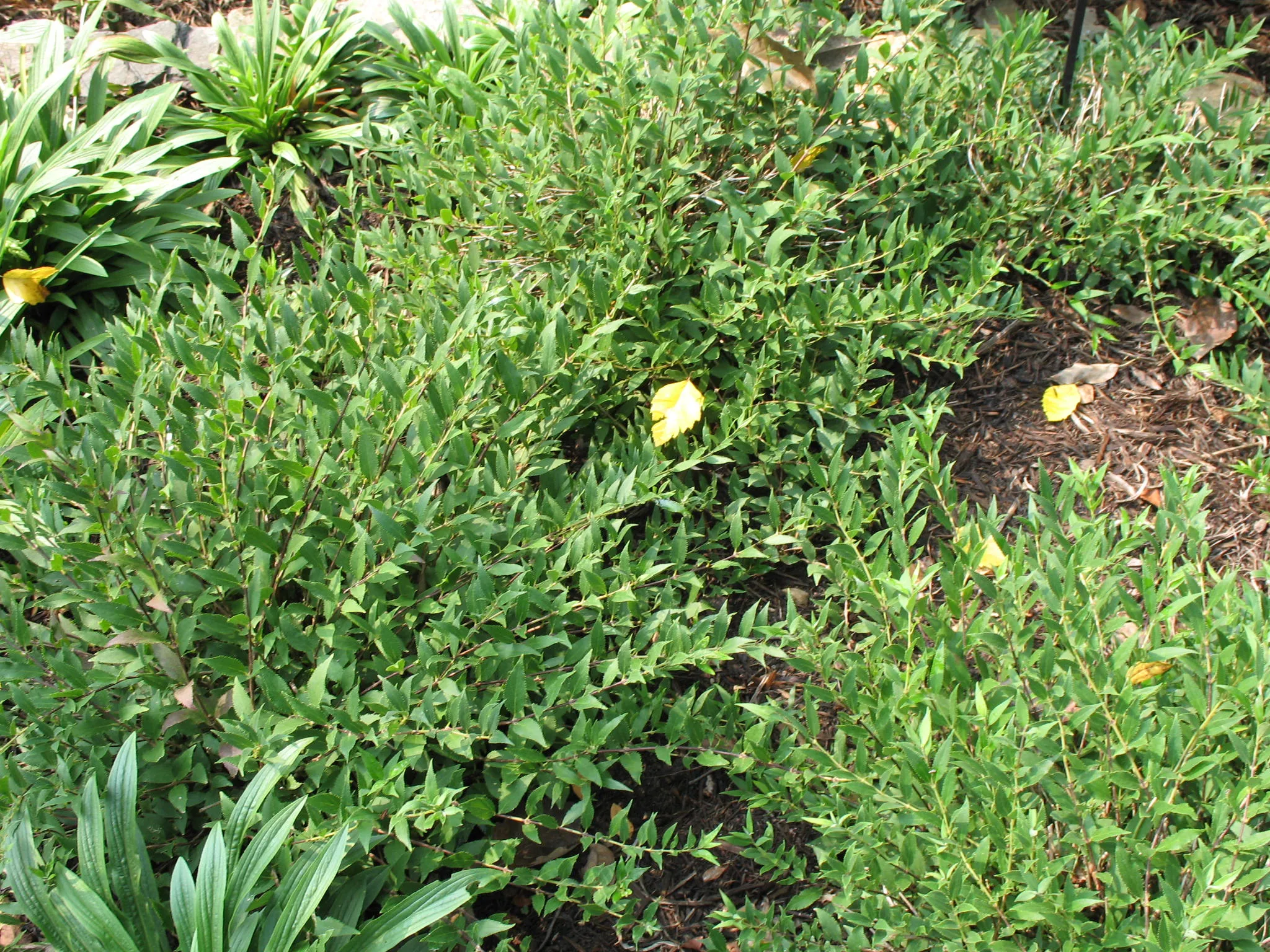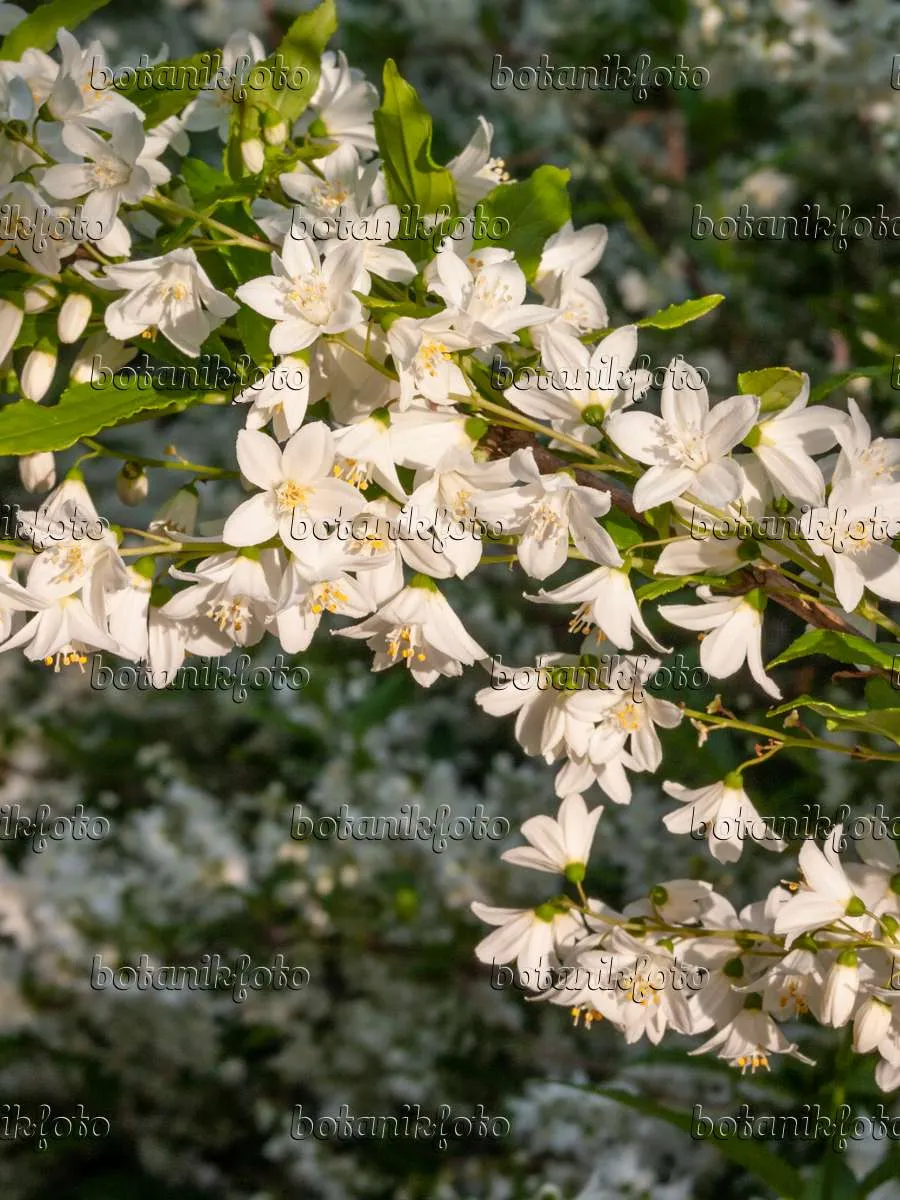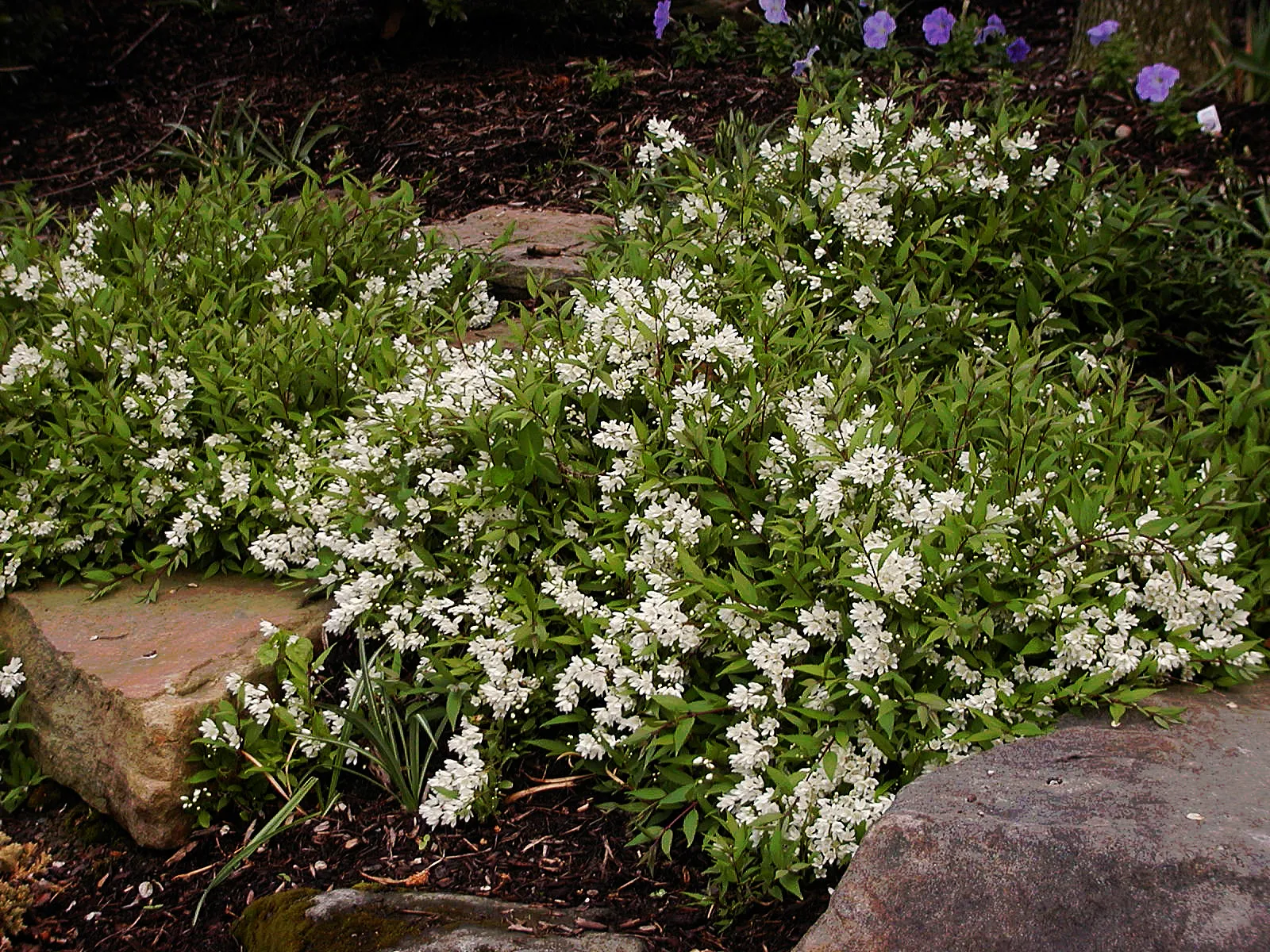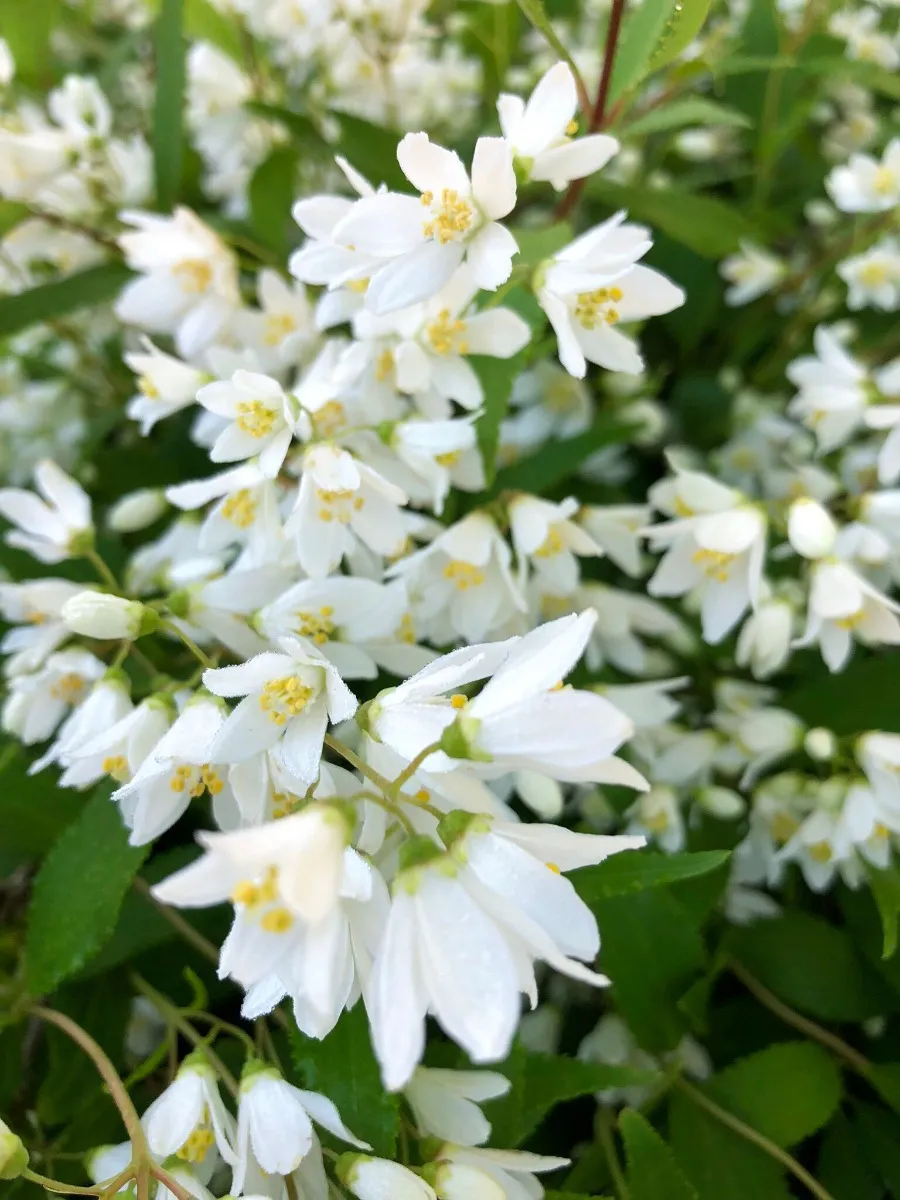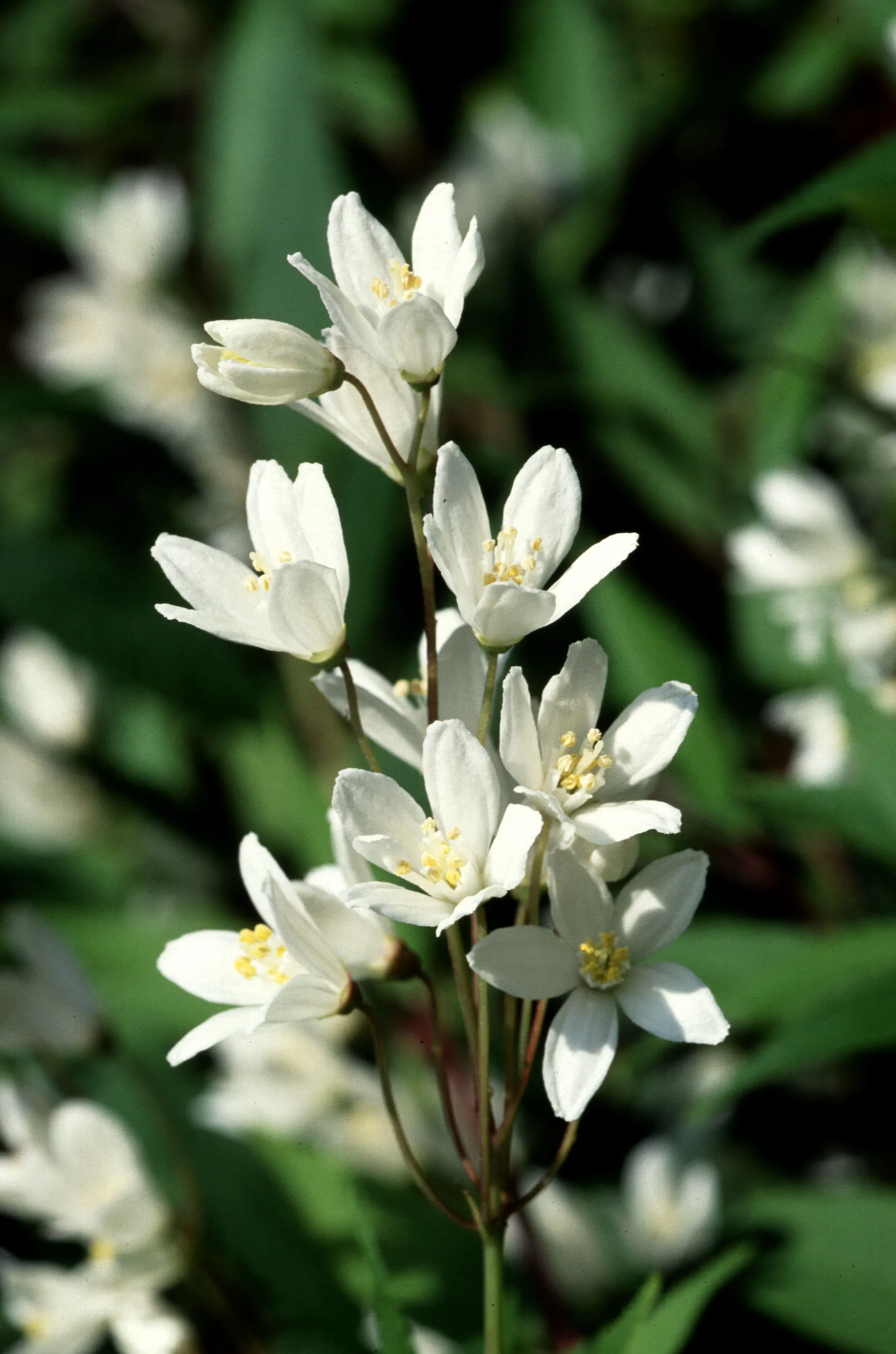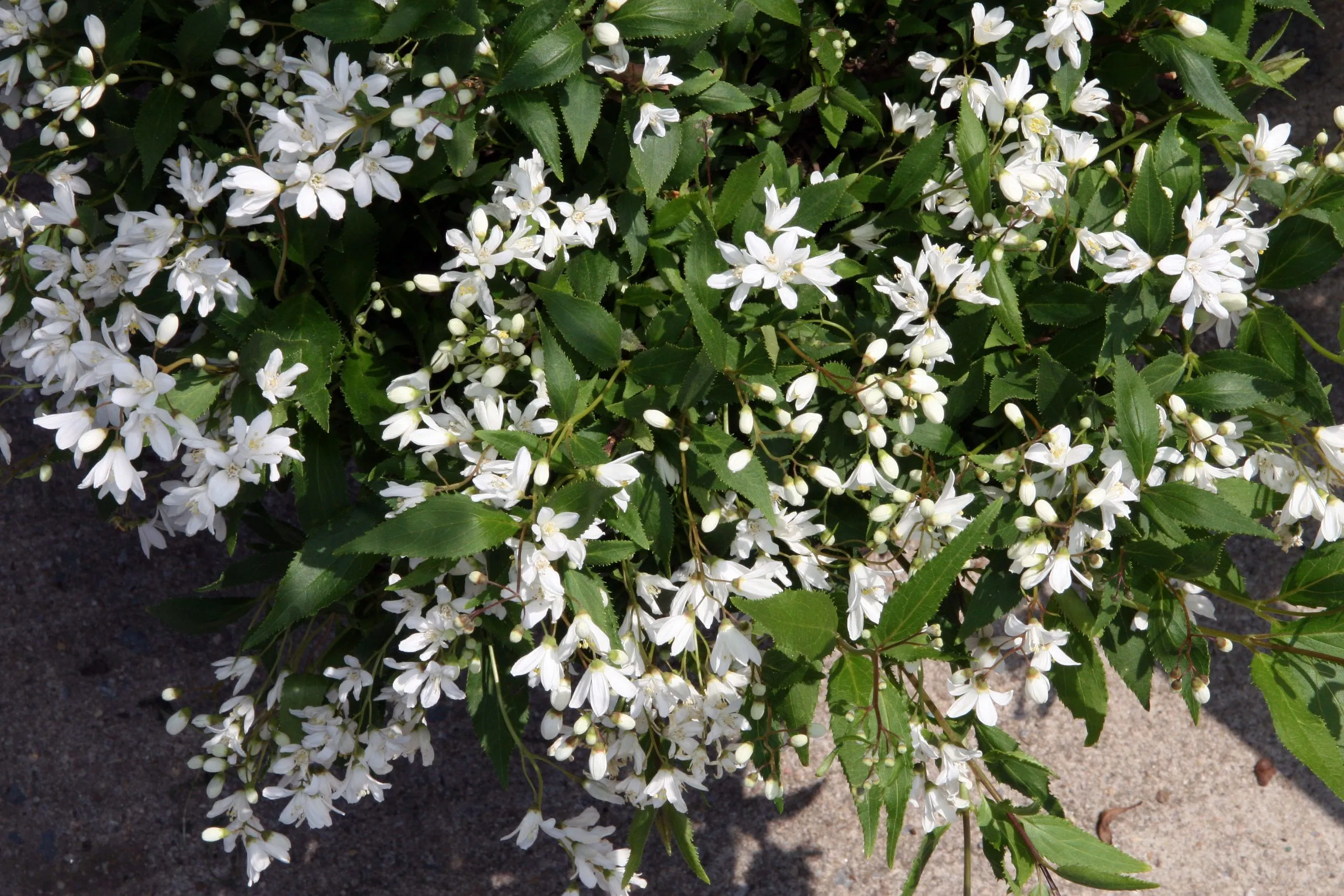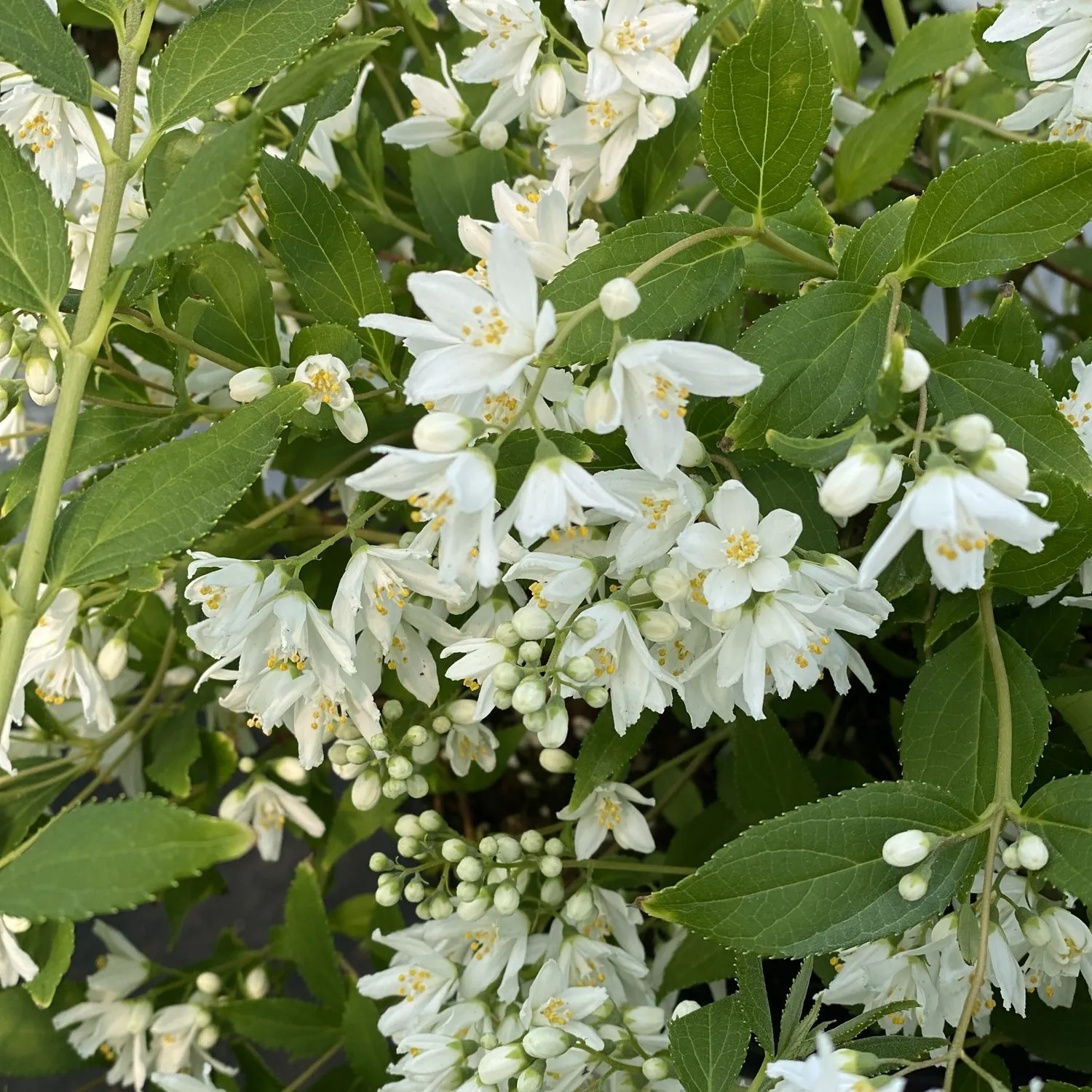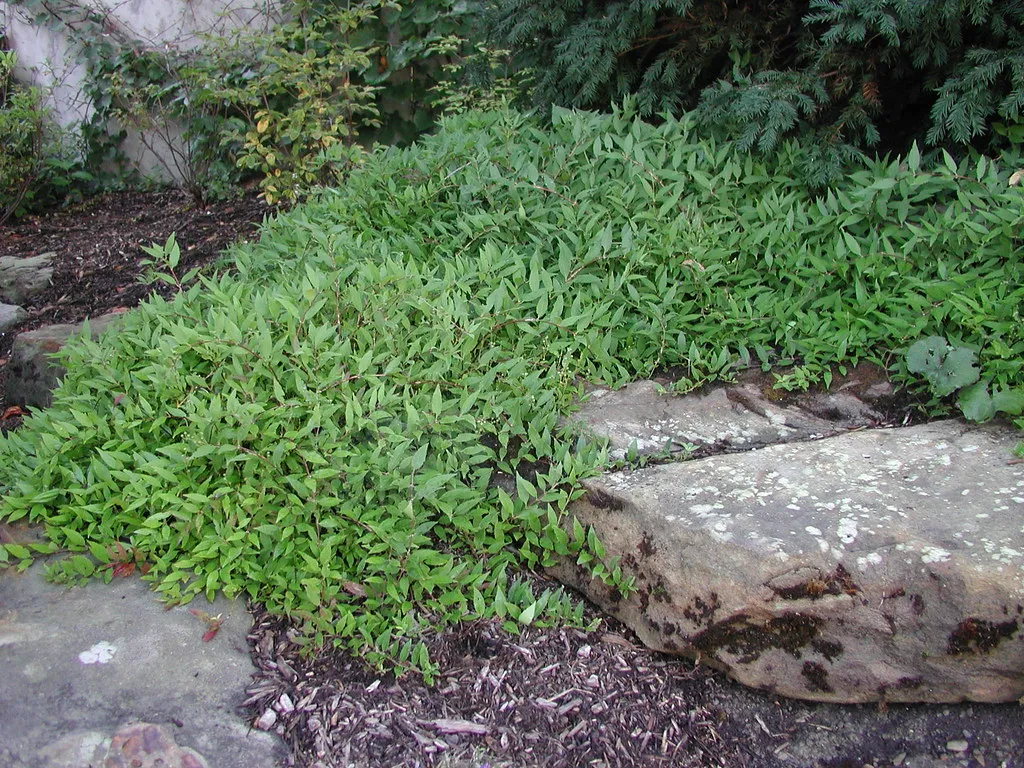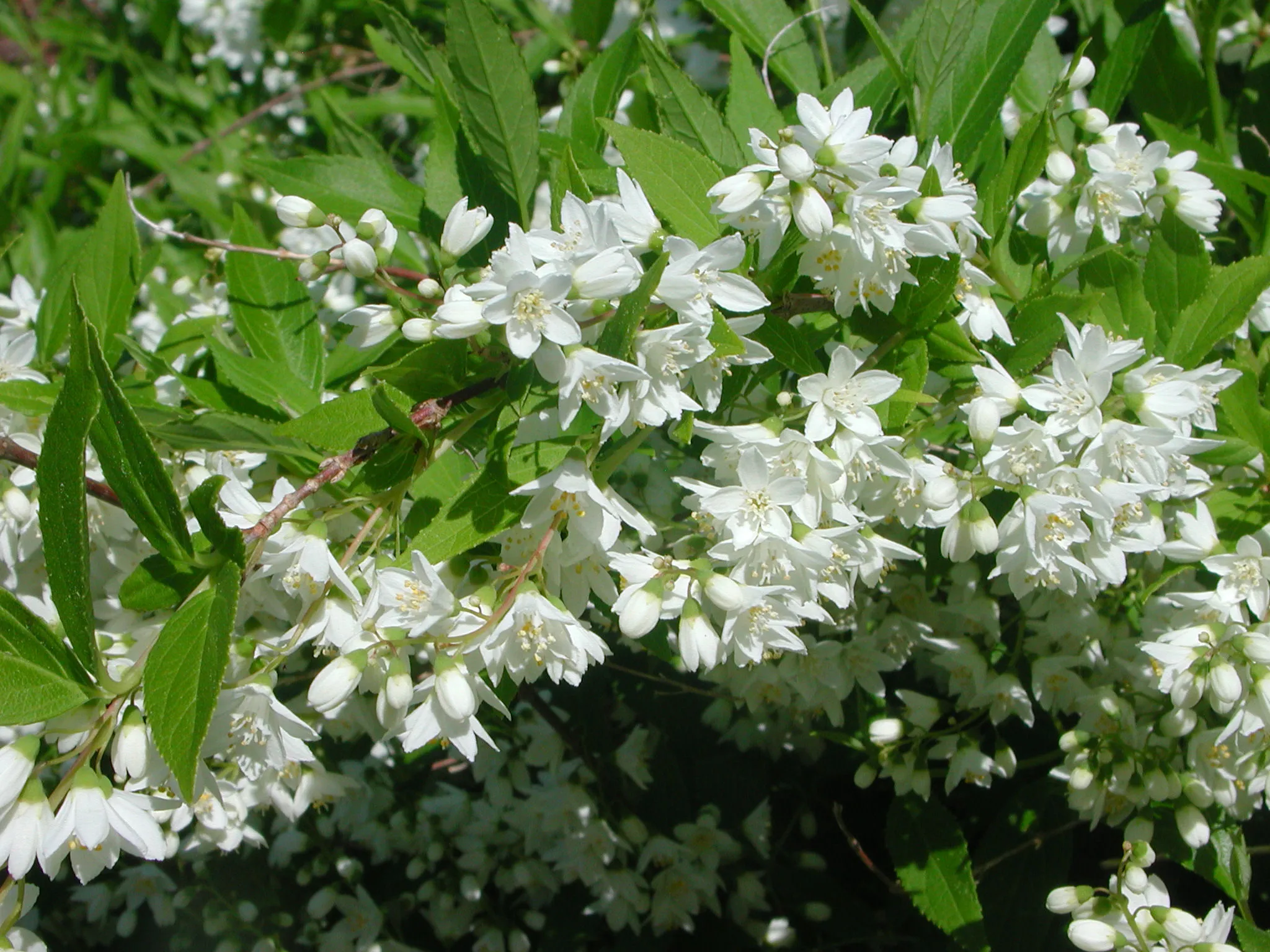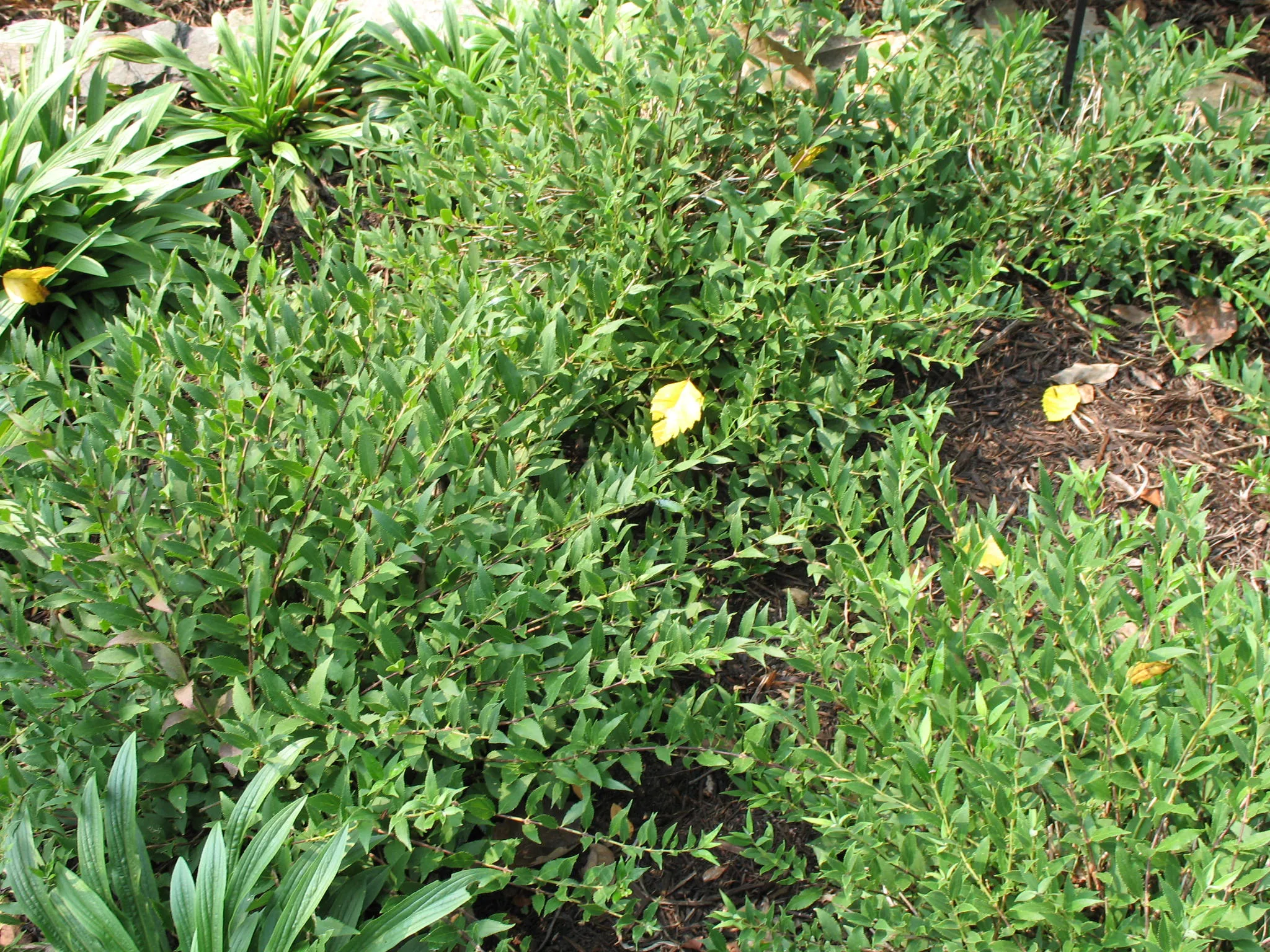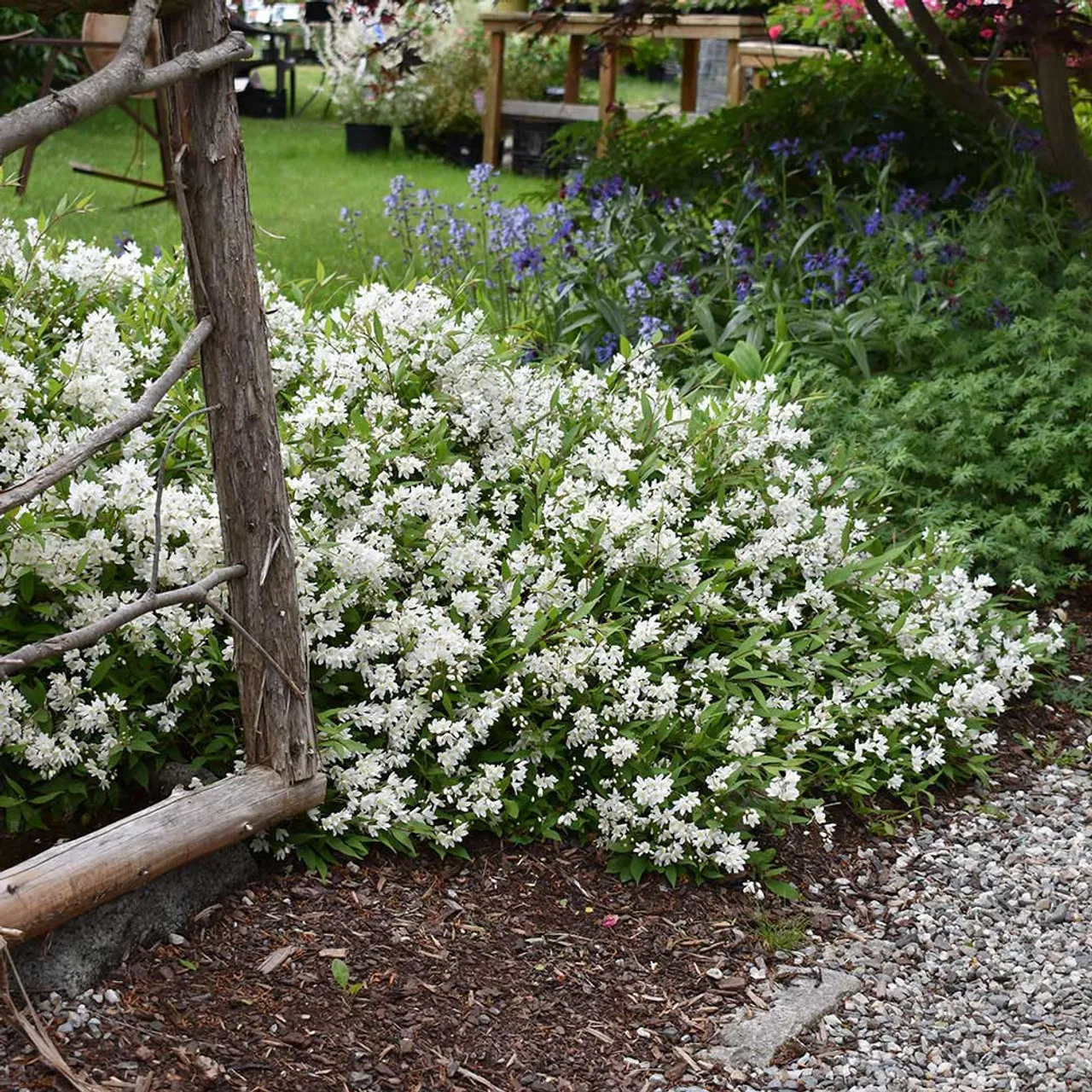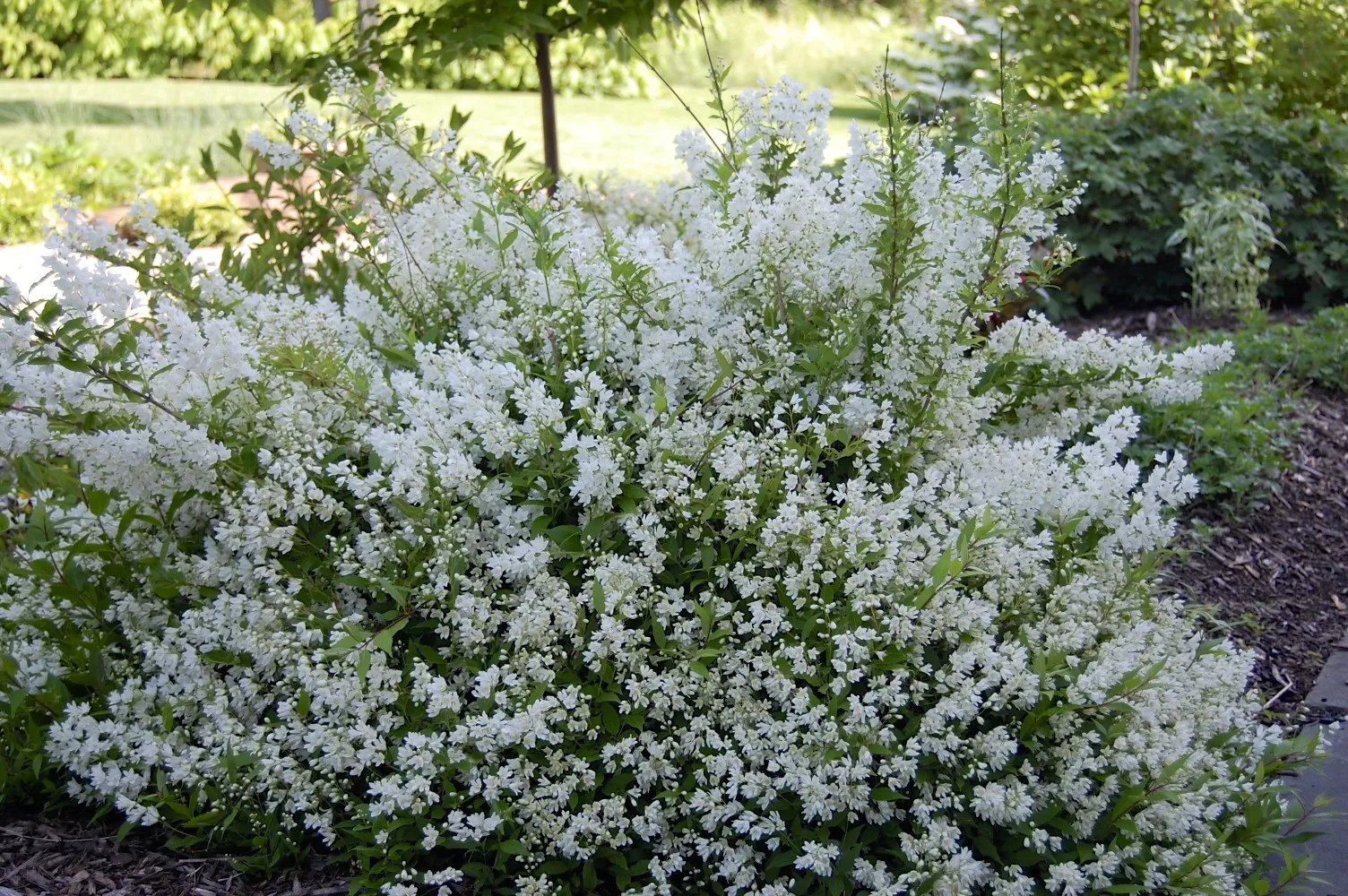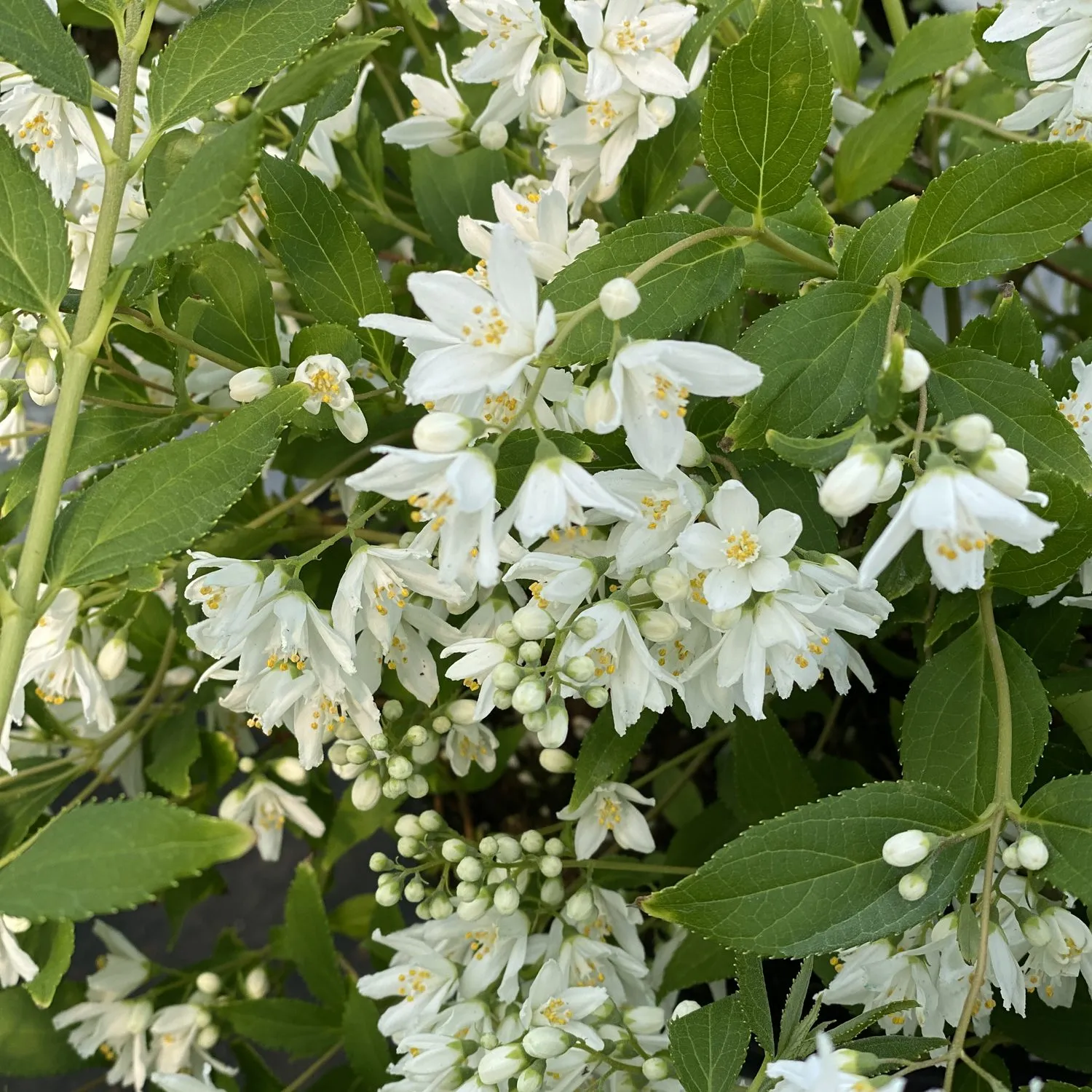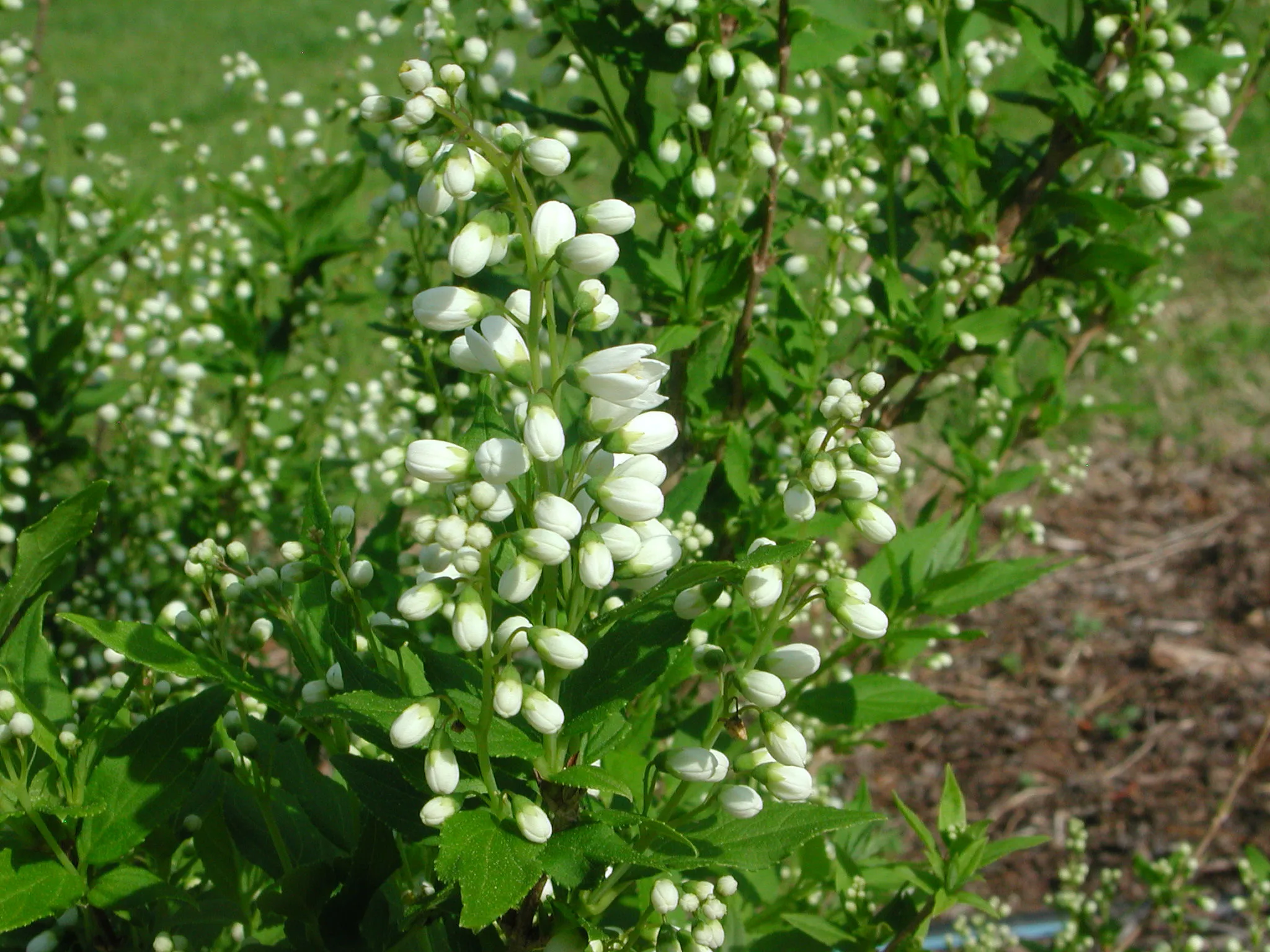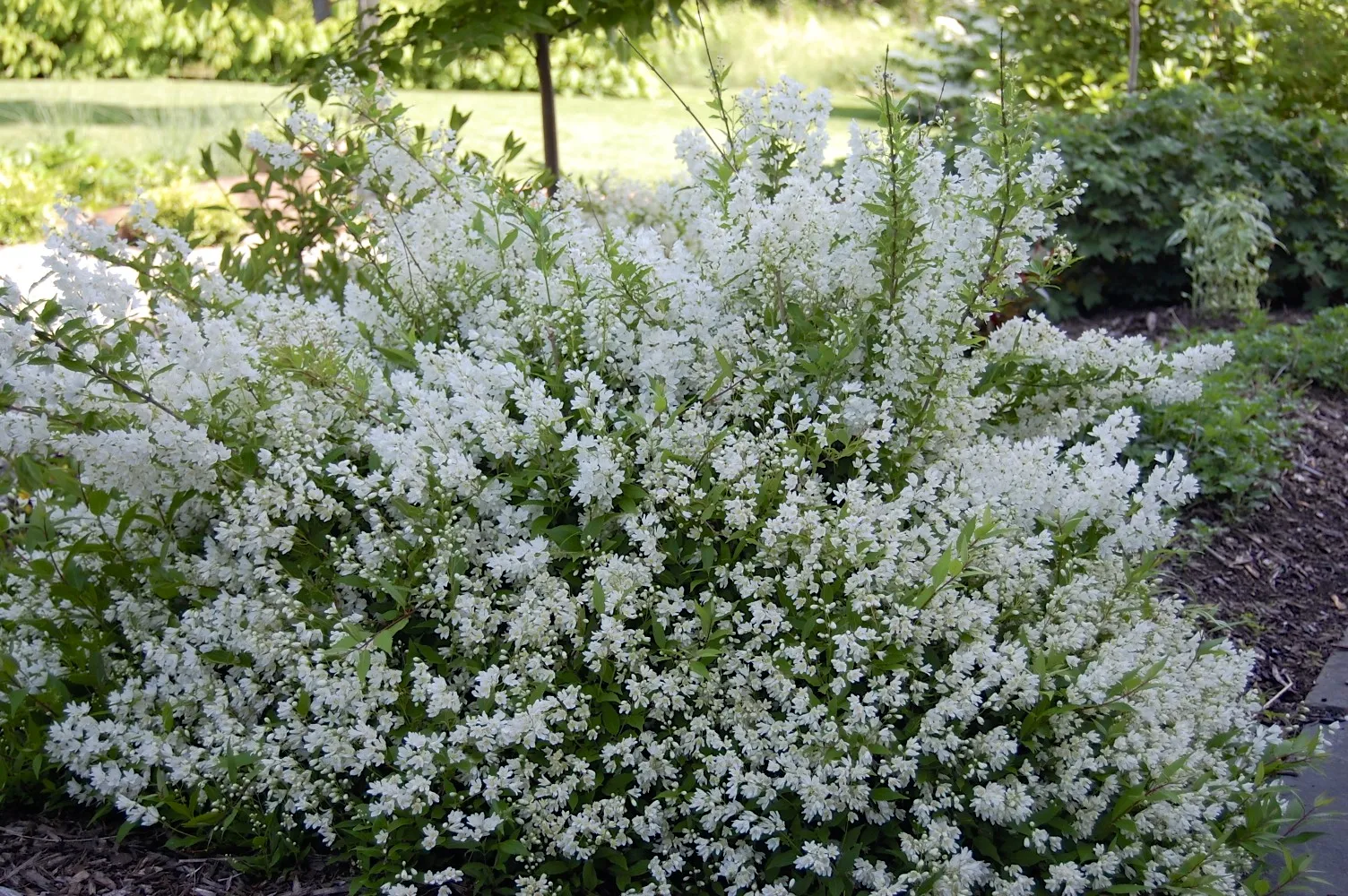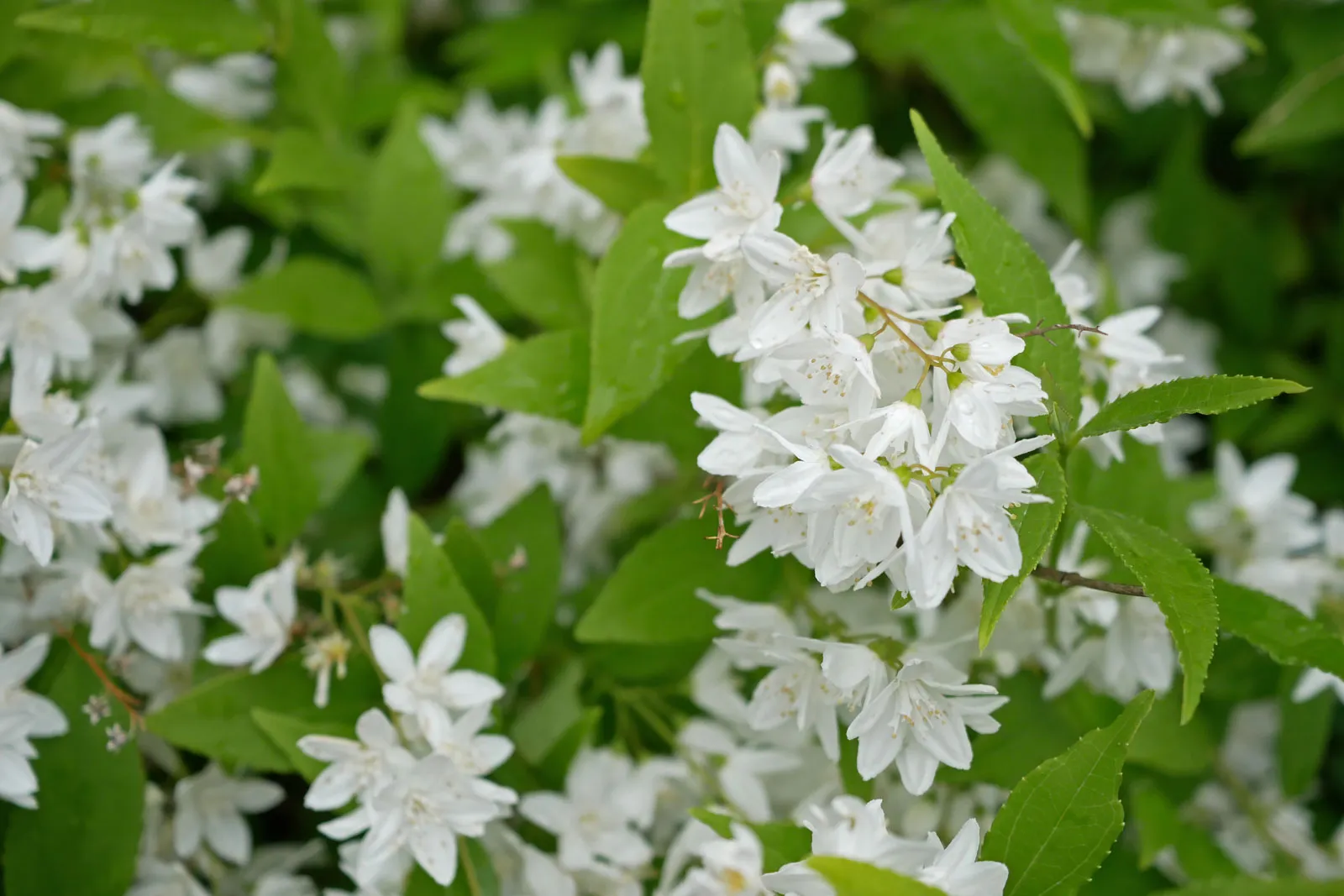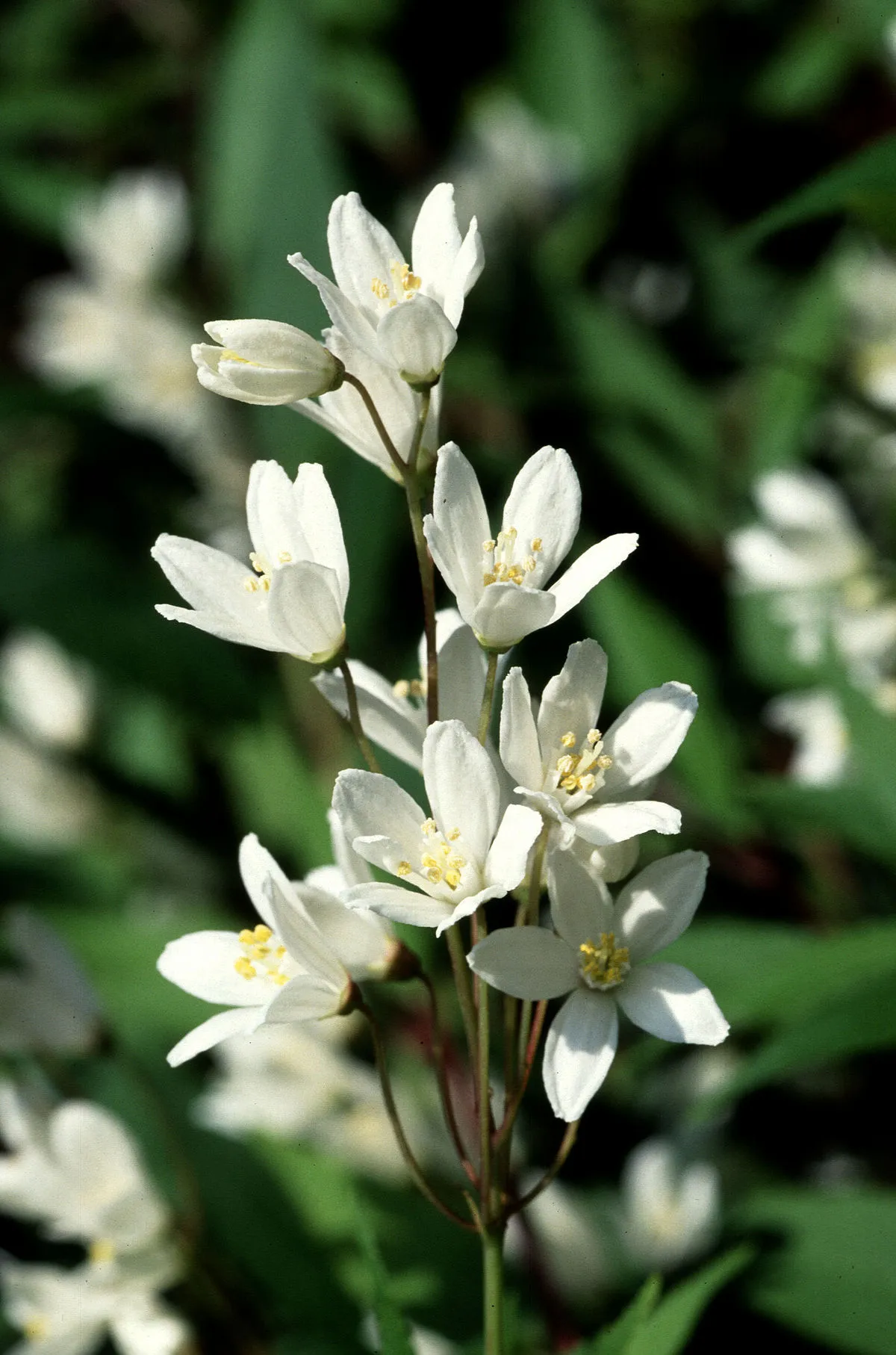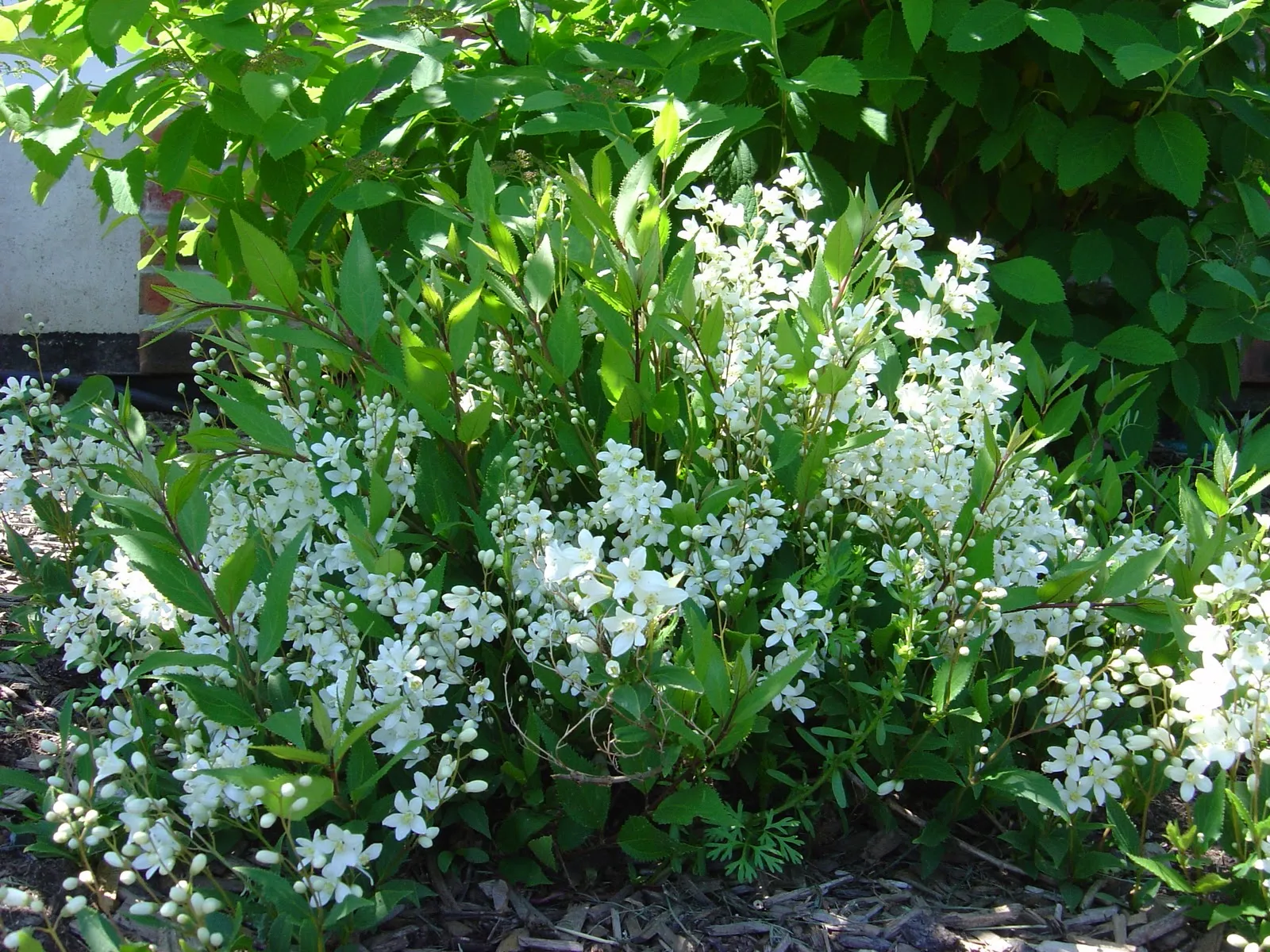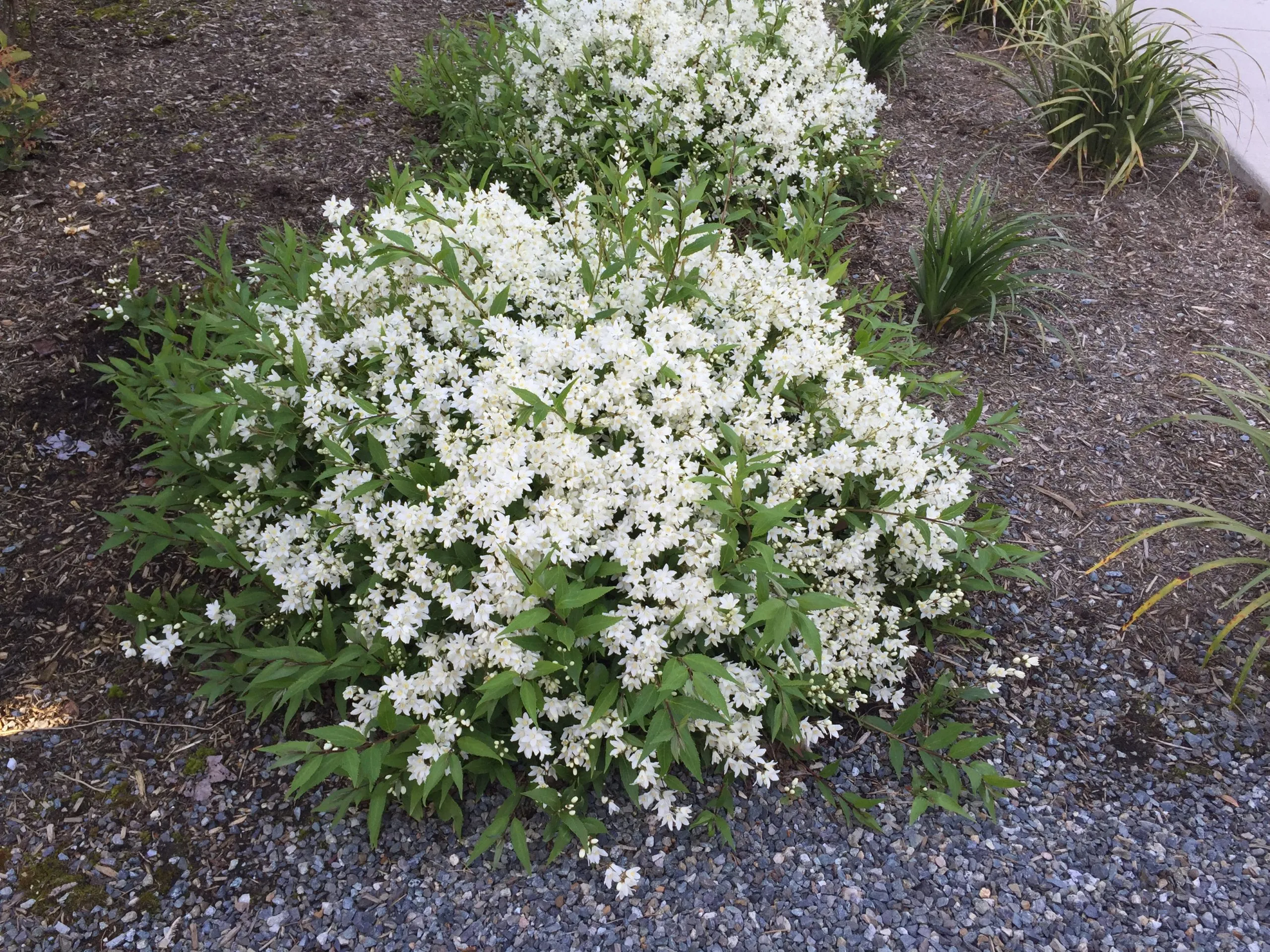Slender Deutzia: A Delicate Beauty in the World of Flowers
When it comes to beautiful flowers, the options are endless. From roses to lilies, peonies to daisies, there are so many different types of flowers to choose from. However, one flower that often gets overlooked is the slender deutzia. This delicate beauty may not be as well-known as some of its counterparts, but it is no less stunning. In this article, we will explore the world of the slender deutzia, from its history and origins to its unique characteristics and care.
The History and Origins of the Slender Deutzia
The slender deutzia, also known as Deutzia gracilis, is a deciduous shrub that belongs to the family Hydrangeaceae. It is native to eastern Asia, specifically China, Japan, and Korea, and was introduced to Europe and North America in the 1800s as an ornamental plant. The name "deutzia" comes from Johann van der Deutz, an 18th-century Dutch physician who was also a keen botanist.
Characteristics of the Slender Deutzia
The slender deutzia is a small shrub that typically grows to be about 2-4 feet tall and wide. Its leaves are oval-shaped and light green, and its branches are thin and flexible. The flowers of the slender deutzia are its most striking feature. They are small, white, and bell-shaped, and they bloom in early summer. The flowers grow in clusters along the branches and can be quite abundant, giving the shrub a beautiful, delicate appearance.
Care and Maintenance of the Slender Deutzia
If you're interested in adding a slender deutzia to your garden, there are a few things you should keep in mind when it comes to care and maintenance. Here are some tips:
Planting
Slender deutzias prefer well-drained soil that is rich in organic matter. They also prefer full sun to partial shade. When planting a slender deutzia, make sure to dig a hole that is slightly larger than the root ball and to water the plant well after planting.
Watering
Slender deutzias like to be kept consistently moist, but not waterlogged. Water the plant regularly during the growing season, and make sure to water deeply to encourage the roots to grow deep into the soil.
Pruning
Slender deutzias should be pruned immediately after flowering. This will help to keep the plant compact and to encourage more flowers the following year. When pruning, remove any dead or diseased branches, as well as any branches that are crossing or rubbing against each other.
Fertilizing
Slender deutzias do not require much fertilizer, but you can apply a slow-release fertilizer in the spring if you wish. Make sure to follow the instructions on the fertilizer package carefully to avoid over-fertilizing.
Benefits of the Slender Deutzia
While the slender deutzia may not be as well-known as some other types of flowers, it has a number of benefits that make it a great addition to any garden. Here are just a few:
Easy to Care For
Slender deutzias are relatively easy to care for, making them a great choice for novice gardeners or anyone who wants a low-maintenance plant.
Beautiful Appearance
The delicate white flowers of the slender deutzia are truly stunning and can add a touch of elegance and beauty to any garden.
Attracts Pollinators
Like many other flowers, the slender deutzia is a great attractor of pollinators like bees and butterflies. This can help to promote a healthy ecosystem in your garden.
Conclusion
The slender deutzia may not be as well-known as some other types of flowers, but it is no less beautiful or worthy of admiration. Its delicate appearance and easy-to-care-for nature make it a great addition to any garden. Whether you're an experienced gardener or just starting out, the slender deutzia is definitely a flower worth considering.
Frequently asked questions about Slender Deutzia wallpapers
Q: What is Slender Deutzia?
A: Slender Deutzia is a type of flowering plant that belongs to the family Hydrangeaceae. It is a deciduous shrub that is native to Japan, Korea, and China.
Q: What is the significance of Slender Deutzia pictures?
A: Slender Deutzia pictures are a collection of high-quality images of the plant that can be downloaded for free. These pictures can be used for personal or commercial purposes, such as for use in blogs, websites, or marketing materials.
Q: How many pictures of Slender Deutzia are available on the website?
A: There are 46 pictures of Slender Deutzia available on the website.
Q: What file types are available for download?
A: Users can download Slender Deutzia pictures in three different file types: .jpg, .png, and .webp.
Q: What sizes are available for download?
A: Users can choose from a range of sizes for their Slender Deutzia pictures, including width and height. The website will automatically detect the visitor's mobile screen size and choose the right size for them.
Q: Can I use Slender Deutzia pictures for commercial purposes?
A: Yes, you can use Slender Deutzia pictures for commercial purposes. However, you must give credit to the website and link back to it.
Q: Can I modify Slender Deutzia pictures?
A: Yes, you can modify Slender Deutzia pictures. However, you must still give credit to the website and link back to it.
Q: Can I redistribute Slender Deutzia pictures?
A: No, you cannot redistribute Slender Deutzia pictures. They are only for personal or commercial use.
Q: Do I need to create an account to download Slender Deutzia pictures?
A: No, you do not need to create an account to download Slender Deutzia pictures. They are available for free to all users.
Q: Can I share Slender Deutzia pictures on social media?
A: Yes, you can share Slender Deutzia pictures on social media. However, you must still give credit to the website and link back to it.
Q: How do I download Slender Deutzia pictures?
A: To download Slender Deutzia pictures, simply click on the picture you want to download and select the file type and size you want. Then, click the download button to save the picture to your device.
Q: Can I request additional Slender Deutzia pictures?
A: Unfortunately, we are not currently accepting requests for additional Slender Deutzia pictures. However, we may add more pictures in the future.


